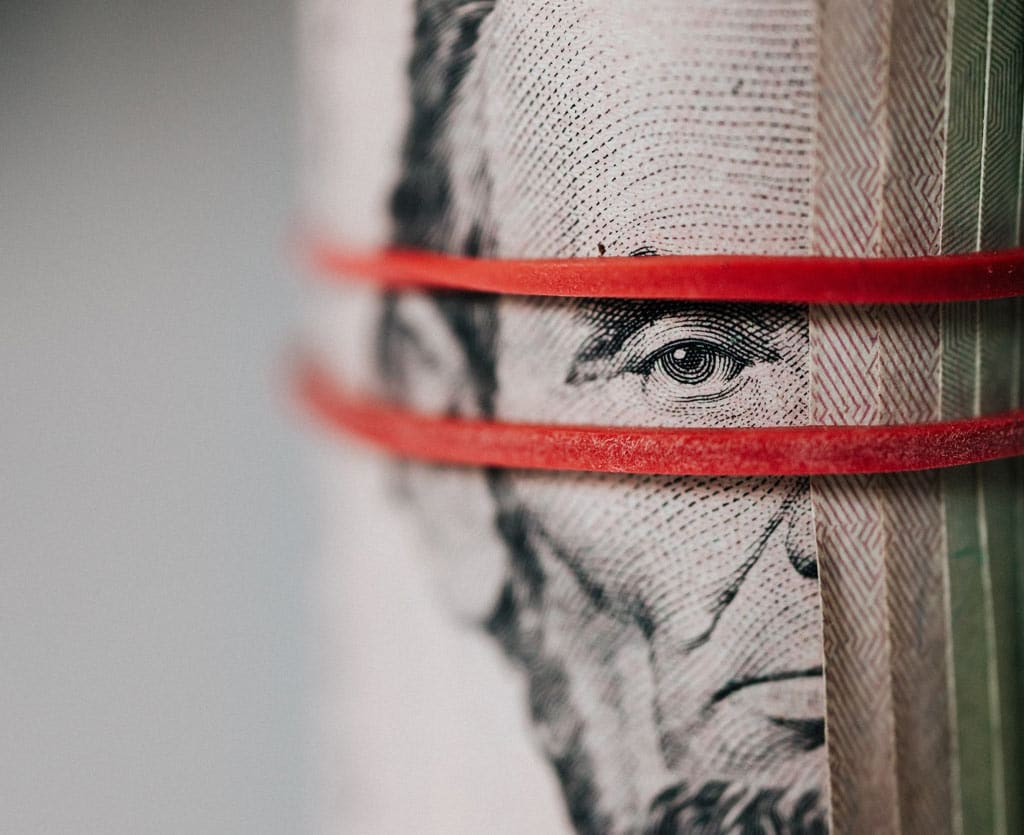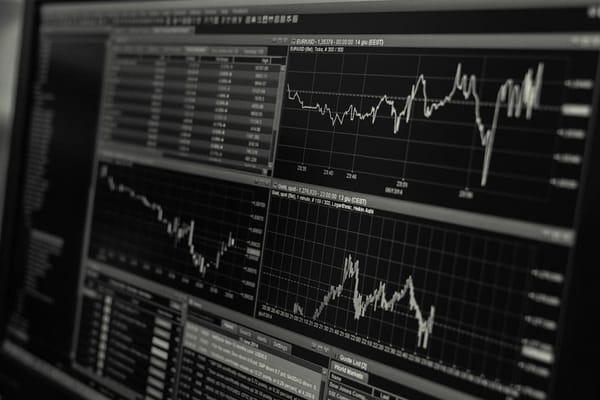
Covid-19 consequences: inflation or deflation
There Could be a Move Towards Disinflation in 2021
There is no doubt that the current lockdown restrictions have caused a significant drop in demand as well as rising levels of unemployment. As a result, and for a good reason, many economic experts have posed the question: will the COVID-19 pandemic lead to inflation or deflation when the chickens finally come home roost?
Charles Luke, an executive of the Murray Income Trust, gives us a peek into the matter. He believes that COVID-19 pandemic is set to impact the world economy in a big way. We may not have higher inflation rates. Instead, “We risk moving more in the direction of disinflation.”
In the Advisor Points of View, Charles Luke adds that any price pressures arising from supply constraints will likely be countered by weak demand. Moreover, the rising rates of unemployment and a slow recovery in the rates of consumption may have a significant impact on price growth and wages. He expects that there will be a greater push towards disinflation in the next two years.
Other investment experts expect that the balance sheets and supply chains will change from the just-in-time model to the just-in-case model. As a result, there will be more considerable inventory and greater supply chain control as well as considerable balance sheet reserves. Overall, this is likely to reduce profits, making prices skyrocket. For example, the cost of planes flying half-empty or decline in the hospitality industry will end up making your vacation plans more expensive rather than beneficial to the economy.
Spiraling Public Debt Could Spur Inflation
Peter Spiller, a manager at the Capital Gearing Trust, thinks that it is essential to recognize that we need inflation. The moment the COVID-19 crisis starts to fizzle out, there will be unprecedented levels of public debt that has not been seen since the end of World War II.
When this happens, we will soon discover that the solutions to our problems are mostly the same: financial repression, elevated inflation, and an extended period of lower interest rates. Moreover, central banks and governments will discover that they have the tools to deal with the crisis. Thus, “we don’t expect the outcome to be significantly different from what happened in past crises,” he concludes.
COVID-19 Could Fuel a Short-Term Deflation
Mr. Spiller does not expect any demand shock resulting from the COVID-19 pandemic to be deflationary in the short term. He cautions that we do not know how the supply and demand balance will evolve going forward; this is a more complex and unpredictable phenomenon.
Regardless, the new capacity is expected to slow down as the marginal capacity mothballs. Moreover, the consumer and corporate desired savings rate will naturally rise as a reaction to the current economic tumult.
Notably, since COVID-19 came around, it has mainly impacted the monetary policy through the inflation of asset-price value more than the inflation of real economy prices. It is expected that this will change since extended low-interest rates typically result in expansionary fiscal policy. Also, we must keep in mind that, overall, technological developments always result in deflationary tendencies.
Lower Inflation in 2021?
Walter Price, the Allianz Technology portfolio manager, concurs with this projected scenario. “We expect inflation to remain low in 2021.” Furthermore, the unemployment rate should stand at around 20%. He expects many workers to source for new jobs while, in some cases, others will replace those who leave permanently.
Other experts claim that in the current subdued economic environment caused by the COVID-19 pandemic, it will be more challenging for trade unions to fight for higher wages. Taking into account that the current inflationary rates are relatively low compared to the past decade, and considering that a robust labor-market also exists, it is unlikely that the COVID-19 crisis will cause the prices of goods to increase unusually in the coming months.
COVID-19 Could Cause a Deflationary Tailspin
Many analysts say that there will be more deflation post-COVID-19 since unemployment rates will soar, and demand will generally be weak. The supply chain is, however, expected to be more resilient. The supply chain typically responds by releasing more goods into the market in a push to jog the weaker demand.
Most central banks are expected to pump more money into the economy while aiming to encourage companies to pick up the supply slack. Moreover, banks will desire to give businesses time to rebuild and create a more favorable economic environment.
In this scenario, it is expected that demand will ultimately lag behind the supply capacity; at this point, the dynamics should drive down the commodity prices. Also, companies that get a boost from the greater circulation of money will be more likely to survive, despite having to trade at a loss for some time.
In the long run, the companies will likely cut down their commodity prices, albeit temporarily. In the end, the entire COVI-19-spurred dynamic should lead to what experts describe as a deflationary tailspin.
Inflation or Deflation: We Can’t Say
Ultimately, most analysts think that the COVID-19 crisis will eventually cause a significant global economic deflation. Since more people now telecommute and fewer people travel to work due to widespread restrictions, the travel demand might keep going down. This could gradually lead to lower energy prices and a considerable decline in the oil industry.
Eventually, in 2021 and beyond, we are likely to experience a greater wave of insolvencies. We can also expect to see a significant rise in unemployment numbers.
Will the COVID-19 crisis lead to higher inflation or deflation in 2020 and beyond? With the leading economic experts coming up with varied opinions and projections on the overall impact of the pandemic, the jury is clearly still out.


